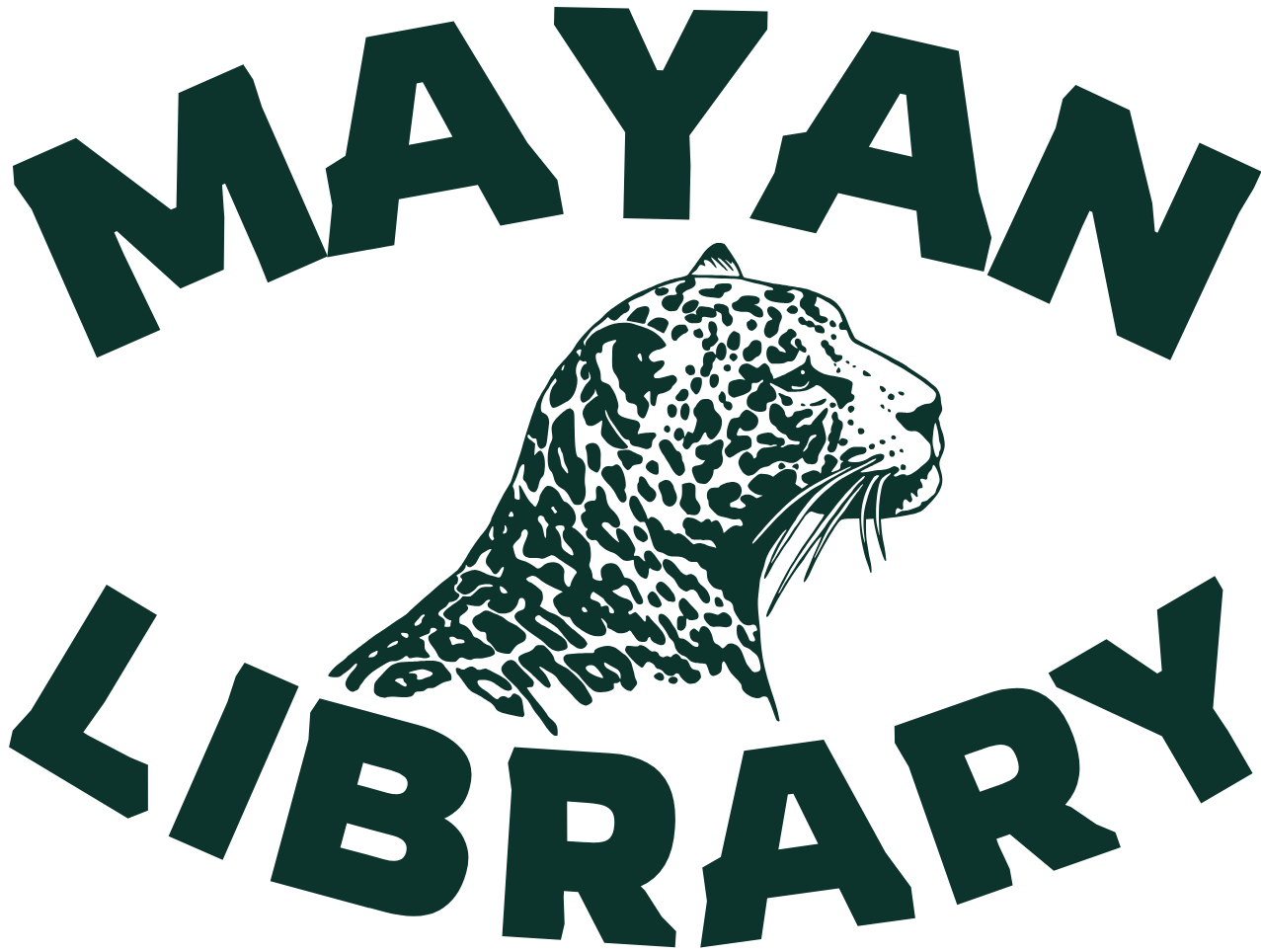Abstract
The Maya Nahual system, rooted in the 260-day Tzolk’in calendar, represents a living bridge between cosmology, ecology, and identity. The second Nahual, Ikʼ, embodies the forces of wind and breath, symbolizing communication, life-force, and movement. Ikʼ represents the invisible but essential currents that animate existence, from the breath of humans to the winds that carry clouds and bring rain. This article provides a comprehensive exploration of Ikʼ, examining its symbolic and ecological significance, its place in Maya ritual life, and its connections to broader Mesoamerican traditions.
Keywords: Maya Nahual, Ikʼ, wind, breath, life-force, communication, Tzolk’in, Mesoamerican cosmology
Introduction
The Maya Nahuals form a cosmological framework where each day is governed by an archetypal energy, linking human destiny with natural and cosmic cycles. Following Imix, the first Nahual of primordial waters and nourishment, the second day sign is Ikʼ, associated with wind and breath.
Ikʼ is not merely atmospheric wind but represents the vital life-force (ikʼ in many Mayan languages means both “wind” and “breath”). It is the principle of communication and movement, the invisible essence that sustains life and connects beings across space and time.
Ikʼ in the Tzolk’in Calendar
- Position: Second Nahual in the 20-day cycle.
- Meaning: Wind, breath, spirit, communication, movement.
- Elemental association: Air.
- Cosmic function: Bringer of life-force and mediator of communication.
Ikʼ follows Imix, illustrating the natural sequence of creation: after the origins of life in primordial waters, comes the breath of life—movement, spirit, and the capacity to connect.
Symbolism of Ikʼ
Wind as Movement
The wind represents constant motion, unpredictability, and transformation. In Maya cosmology, it is the carrier of clouds and rains, vital for agriculture, and also the messenger between realms, bridging the human, natural, and divine.
Breath as Life-Force
In many Mayan languages, ikʼ means both “air” and “breath,” underscoring the understanding that to breathe is to live. Breath is the animating force of the soul, the invisible thread that binds body and spirit.
Communication
Ikʼ governs language, speech, and expression, reflecting the Maya recognition that communication itself is a sacred force. Words are not neutral; they carry spiritual and social power, shaping communities and destinies.
Ecological and Cultural Dimensions
Ikʼ’s symbolism is deeply tied to ecological processes:
- Agriculture: Winds carry seasonal rains critical for maize and other crops.
- Health and Ritual: Breath is associated with vitality, while wind imbalances were sometimes interpreted as illness or spiritual disturbance.
- Community: As communication, Ikʼ represents the binding of society through dialogue, ritual speech, and shared narratives.
Comparative Mesoamerican Parallels
In Aztec cosmology, the day sign corresponding to Ikʼ is Ehecatl, the Wind deity, who also embodies communication, breath, and the movement of life. Both traditions recognize the sacred role of air and wind as forces that animate the cosmos and connect humans to divine powers.
Ikʼ in Contemporary Maya Practice
Today, Ikʼ continues to play a vital role in Maya communities:
- Daykeepers (ajq’ijab’) interpret Ikʼ as a day of clarity, communication, and movement.
- Individuals born under Ikʼ are often said to be gifted with speech, creativity, and adaptability but may also struggle with restlessness.
- Rituals on Ikʼ days include offerings for balanced winds, prayers for healthy breath, and petitions for harmony in communication within families and communities.
Ikʼ as Communication and Life-Force in Modern Interpretation
Beyond its traditional roots, Ikʼ resonates with contemporary ecological and cultural discussions:
- As wind, it represents the fragility of the atmosphere and the importance of protecting air quality in an era of climate change.
- As breath, it underscores the universality of life’s dependence on clean air and ecological balance.
- As communication, Ikʼ reminds us of the ethical responsibility to use language for truth, healing, and collective well-being.
Conclusion
Ikʼ, the second Maya Nahual, is the principle of wind, breath, and movement, embodying the essential life-force that animates existence and binds communities. As the breath following the waters of Imix, Ikʼ represents the continuity of creation: after life emerges, it must breathe, move, and communicate.
Ikʼ reminds us of the sacred role of air and language in sustaining life, both in Maya cosmology and in today’s global search for balance, sustainability, and respectful communication.
References (APA Style)
Barrera-Bassols, N., & Toledo, V. M. (2005). Ethnoecology of the Yucatec Maya: Symbolism, knowledge, and management of natural resources. Journal of Latin American Geography, 4(1), 9–41.
Christenson, A. J. (2007). Popol Vuh: Sacred book of the Quiché Maya people. University of Oklahoma Press.
Monaghan, J. (2000). The person, destiny, and the construction of difference in Mesoamerica. Res: Anthropology and Aesthetics, 38, 137–146.
Tedlock, B. (1982). Time and the Highland Maya. University of New Mexico Press.
Tedlock, D. (1996). Popol Vuh: The Mayan book of the dawn of life. Simon & Schuster.

Leave a Reply